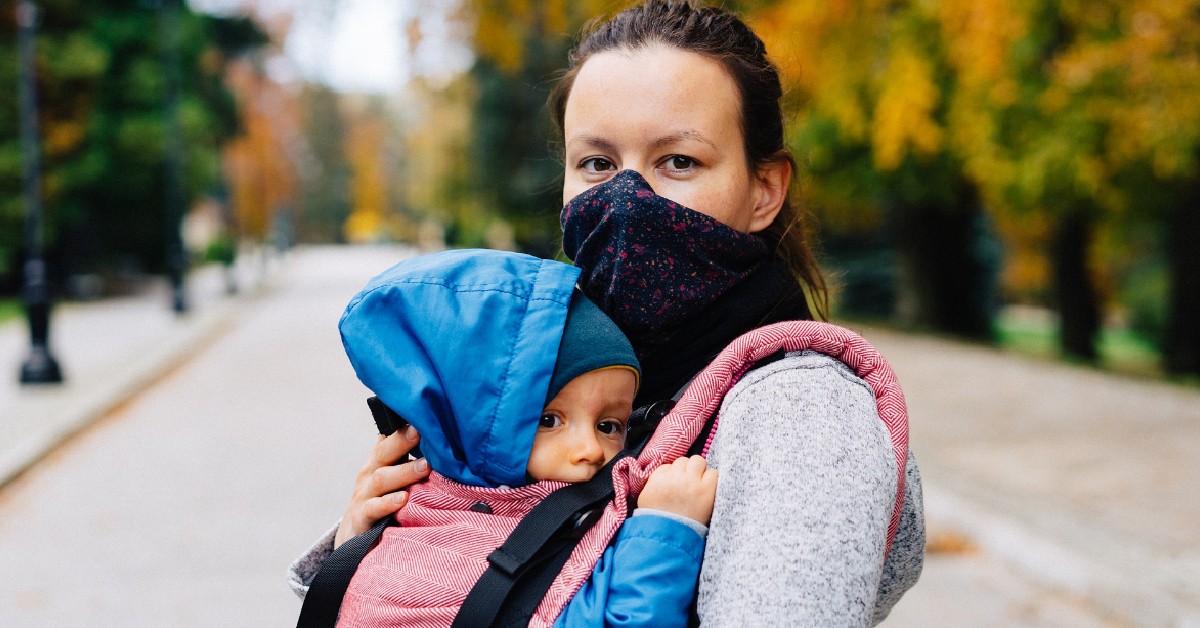Australian Early Development Census 2021 National Result was recently released. Children from Aboriginal and Torres Strait Islander, from disadvantaged households, or from culturally and linguistically diverse families, have shown significant vulnerability in AEDC’s one of two developmental domains. Children who live in socio-economically disadvantaged communities have shown twice vulnerability in one or two domains of AEDC. Children with special needs and disability assistance have increased in 2021 and the figure is 5.2% which was 4.6% in 2018.
It is a much-forecasted one. AEDC is a national organisation that monitors and measures child development and published results based on every three years. They measure and monitor children’s physical health, emotional maturity, social skill, language development, communication, general knowledge skill, and school-based cognitive development. In the 2021 result of this organisation, they have shown that due to pandemics and lockdown there are development hazards in children though not that significant. But the thing which raises concern is the developmental vulnerability of the Aboriginal and Torres Strait Islander children and children from the disadvantaged place in Australia.
The report shows that developmentally in the aforesaid domain children are almost on the track but the rapidly increasing trend after the commencement of the organisation in the year 2009 has slightly reversed. They also study the development of Aboriginal and Torres Strait Islander children which has reversed remarkably. The proportion of children with special needs requiring further assessment has increased significantly from 10.7% of children to 16.3% in 2021. In 2009, the developmental rate of children is 50.7% which has been increased in 2018 and become 55.4% but in 2021 it become 54.8%. The developmental vulnerability of the children has increased from 21.7% (2018) to 22.0% in 2021. In a nut cell, in 2021 there has been a significant improvement in children's development since 2009 when the AEDC commenced, but there was a significant decline between 2018 and 2021.
Since 2009 AEDC has noticed a steady development in the children who speak other than the English language. AEDC also noticed that in 2021, developmental vulnerability has increased for the children who are living in regional and remote areas, and only fewer children are on track in their language and school-based cognitive skills.
Children with special needs and disability assistance have increased in 2021 and the figure is 5.2% which was 4.6% in 2018.
AEDC has cooperated with EELA and CCC for planning and execution of planning in the children's developmental issues. They have the following plans:
- Funded early education and care for all children two days a week
- Inclusion of all children in developmental plans
- Every three years, there should be mandatory National Quality Standard assessments and ratings
- To provide educators with fairer levels of pay by the creating a national industrial instrument for the education and care sector
- Strategical workshop for developmental issues of all the children.
- Infrastructure and sector support should be funded properly
- We are expecting that we will move forward again and will deal with the pandemic effects smartly and definitely will conquer all the hurdles regarding all the children’s development.
Reference:
New AEDC Report Highlighting Pandemic's Impact On Children's Development, CELA Australia







 The Australian Government is rolling out unannounced spot checks across Early Childhood Education and Care (ECEC) services nationwide. This follows a successful pilot in October–November
The Australian Government is rolling out unannounced spot checks across Early Childhood Education and Care (ECEC) services nationwide. This follows a successful pilot in October–November ***WARNING: DISTRESSING CONTENT*** Victorian detectives have laid 83 additional charges against former Melbourne childcare worker Joshua Dale Brown, expanding the total number of alleged offences
***WARNING: DISTRESSING CONTENT*** Victorian detectives have laid 83 additional charges against former Melbourne childcare worker Joshua Dale Brown, expanding the total number of alleged offences In April 2025, the Fair Work Commission (FWC) issued a provisional decision recommending staged award increases to address the undervaluation of early childhood educators; however,
In April 2025, the Fair Work Commission (FWC) issued a provisional decision recommending staged award increases to address the undervaluation of early childhood educators; however, Recent commentary has highlighted a striking statistic: 90% of new childcare providers in Australia are run for profit. This raises a fundamental question is this
Recent commentary has highlighted a striking statistic: 90% of new childcare providers in Australia are run for profit. This raises a fundamental question is this Regulatory authorities across Australia have identified staffing as a priority area, with a strong focus on ensuring educators hold valid, authentic qualifications. Unfortunately, fraudulent certificates
Regulatory authorities across Australia have identified staffing as a priority area, with a strong focus on ensuring educators hold valid, authentic qualifications. Unfortunately, fraudulent certificates